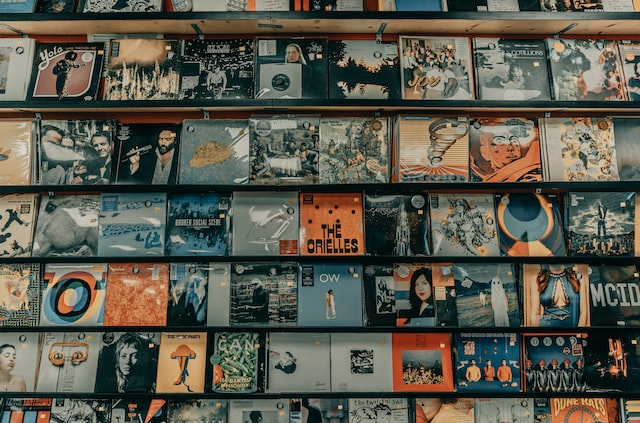Have you ever seen a movie and noticed how the sound effects and soundtrack seem to perfectly match the action on screen? Cinematography is the process of creating movies, and it involves more than just photography. It harbors art, and like the great Breeze Art Gallery, a world-renowned for collection of modern and contemporary art, cinematography should be appreciated for its creativity, originality, and technicality.
In this article, we’ll take a look at how cinematographers use soundtracks to create a specific mood or feeling in their films. We’ll also discuss some of the most famous cinematic techniques used by cinematographers.
Sound is an important part of cinema, and it’s often used to enhance the viewer’s experience. By understanding how sound works in movies, you can better appreciate the artistry that goes into making them.
So let’s dive in and take a closer look at cinematography and soundtracks!
Cinematography; the art of making movies
In its simplest form, the cinematography is the art of making movies. However, the role of the cinematographer is much more complex than simply pointing to a camera and pressing a record. A good cinematographer has a strong understanding of filmmaking’s visual and storytelling aspects. They use different camera techniques to set the mood and convey the emotions of a scene. They also work closely with the director to ensure that the shots effectively communicate the story. In short, cinematography is a vital part of filmmaking, and a good cinematographer can make all the difference in creating a great film.
While there are countless cinematic techniques that cinematographers use to enhance their films, we’re going to focus on three of the most famous ones.
Close-up shot
The first is the close-up shot. This is a shot that shows the subject’s face in close detail. It’s often used to convey an emotion or to show the character’s reaction to something. For example, have you ever watched a movie where the protagonist is getting bad news, and the camera zooms in on their face to show their reaction? That’s a close-up shot.
Wide shot
The second famous cinematic technique is the wide shot. This is the opposite of a close-up shot; it shows the subject from a distance. Wide shots are often used to give the viewer a sense of the character’s surroundings or to show the scale of something.If a character is standing in front of a large building, the audience will get a better sense of the building’s size if the shot is wide.
Tracking shot
The third and final cinematic technique we will discuss is the tracking shot. This is a shot where the camera follows the subject as they move. Tracking shots can be used for various purposes, but they’re often used to create a sense of suspense or to show the character’s movement through space. If a character is being chased by someone, the tracking shot will make the audience feel like they’re right there with the character, experiencing the suspense and fear firsthand.
How soundtracks are used to create specific moods in films
A great soundtrack has the power to transport you to another world. It can create a sense of foreboding or build up to a moment of triumph. It can make you feel like you’re on a grand adventure or just spending a lazy day at home.
In short, a well-chosen soundtrack is an essential part of any film and can distinguish between an average movie and a truly great one. The best soundtracks are the ones that enhance the mood of the film without drawing attention to themselves.
They become part of the movie’s fabric, seamlessly blending in with the visuals and dialogue to create an immersive experience. So next time you’re watching your favorite film, pay close attention to the soundtrack and see how it helps set the story’s tone and atmosphere.
Some of the most famous soundtracks of all time include The Lord of the Rings, Star Wars, and Harry Potter. Each of these iconic scores is instantly recognizable, capable of conjuring up entire worlds with just a few notes.
The Lord of the Rings soundtrack is epic in scope, capturing the grandeur of Middle-earth with sweeping orchestral arrangements.
In contrast, the Star Wars score is defined by its unforgettable main theme, a rousing piece of music that perfectly captures the heart of the franchise.
And finally, the Harry Potter soundtrack is enchanting and whimsical, bringing to life the magical world of Hogwarts.
These are just a few examples of how a great film soundtrack can enhance the viewing experience and stay with listeners long after the credits have rolled.
